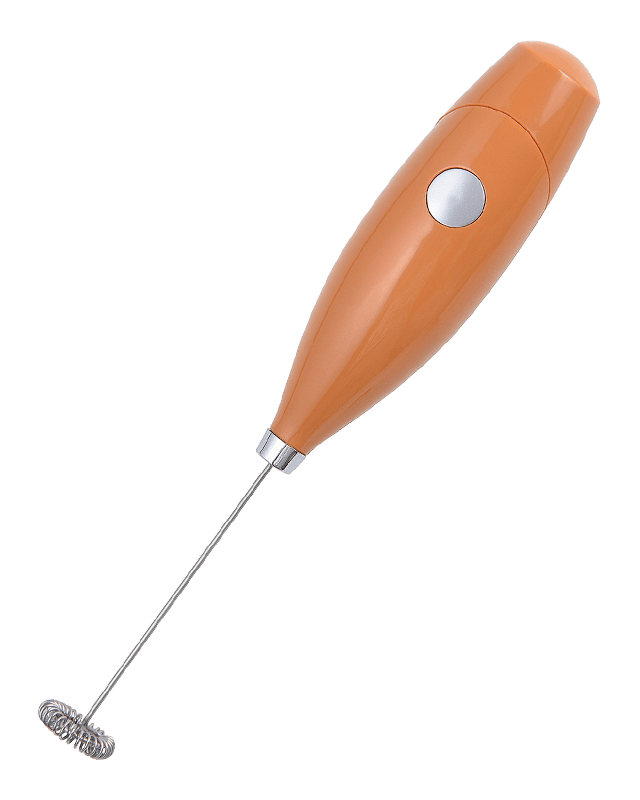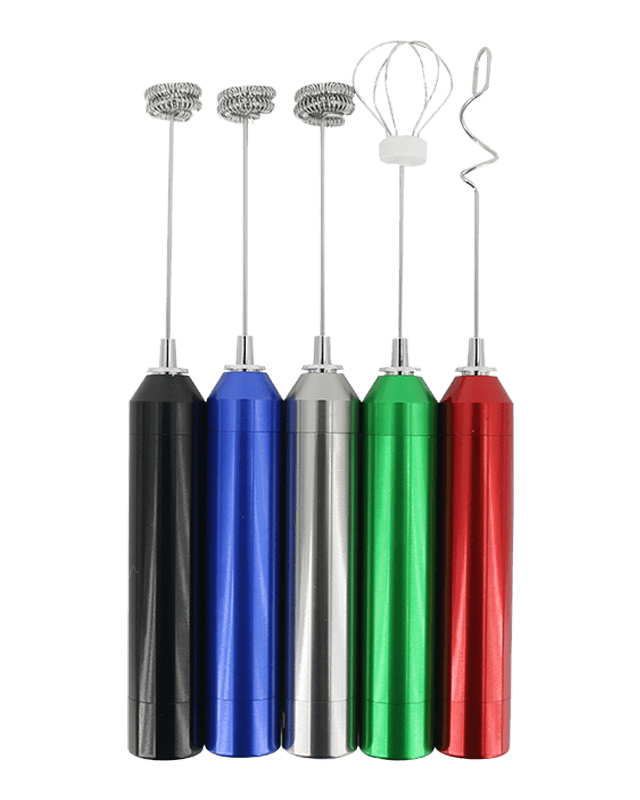Material Quality: The construction materials of an automatic electric milk frother are crucial to its durability. The whisk, a vital component, is generally made from high-grade stainless steel. Stainless steel is favored for its excellent resistance to rust and corrosion, ensuring that the whisk can withstand repeated exposure to milk and moisture without degrading. The frother's body and other components are often made from robust plastics or metals designed to endure heat and mechanical stress. The use of BPA-free plastics ensures that the frother is safe for food contact and extends its lifespan by resisting cracks and wear. High-quality materials are integral to maintaining the frother’s performance over time and reducing the risk of mechanical failures.
Design and Build: The design and engineering of the frother play a significant role in its durability. A well-constructed frother features a sturdy, ergonomic design that can handle daily use. Key to this is the whisk attachment mechanism, which must be secure and robust to prevent detachment or breakage during operation. Precision engineering ensures that all components fit together seamlessly, reducing wear and tear. The inclusion of features such as a non-slip base and a well-balanced handle contributes to the user experience and longevity of the appliance by minimizing the risk of accidents and damage during use.
Usage Frequency: The frequency and intensity of use are directly proportional to the wear and tear on the frother, particularly the whisk. A frother designed for heavy-duty use will generally have a more durable construction than one intended for occasional use. For instance, allowing the frother to rest between uses prevents the motor from overheating and prolongs its lifespan. Understanding and respecting the operational limits of the frother can significantly extend its durability and maintain optimal performance.
Maintenance and Care: Proper maintenance is essential for the longevity of an automatic electric milk frother. Regular and thorough cleaning of the whisk and internal components prevents the buildup of milk residue, which can impair functionality and lead to malfunctions. Many frothers come with specific cleaning instructions that should be followed meticulously. For instance, ensuring that the whisk is dried properly after washing prevents rust and other forms of corrosion. Periodic checks for signs of wear and timely replacement of worn-out parts can prevent minor issues from developing into major problems.
Milk Frother, Milk Foamer, Coffee Mixer, Mini Mixer, Stirrer, Whisk EP-426-5




 English
English
 Français
Français
 Español
Español
 Deutsch
Deutsch
 日本語
日本語





























